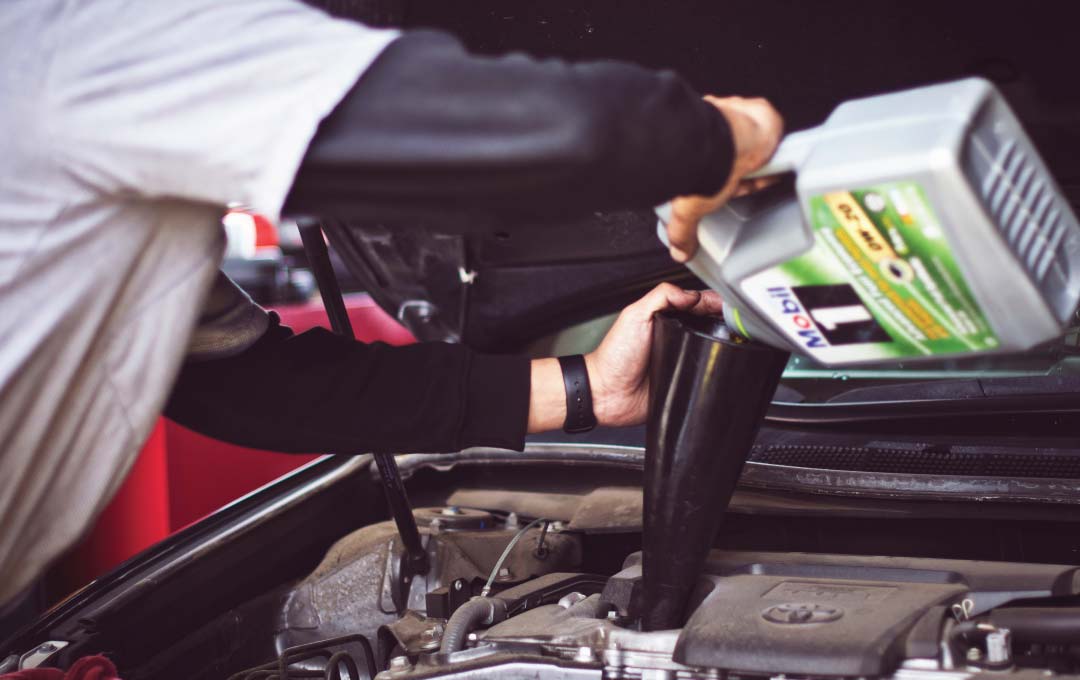Owning a car is a significant responsibility, but it also comes with plenty of benefits, such as freedom and convenience. However, it’s important to ensure that your car is well-maintained, safe, and operating optimally. Whether you’re a first-time car owner or someone who’s had a car for years, understanding a few basic concepts can go a long way in ensuring your vehicle stays in good condition for years to come. Here are 10 essential things every car owner should know:
1. How to Check and Maintain Oil Levels
Engine oil is crucial to your car’s performance, as it keeps the engine lubricated, prevents overheating, and reduces wear. It’s important to know how to check your car’s oil level and understand when to change it. Most vehicles need an oil change every 3,000 to 7,500 miles, but refer to your owner’s manual for specific intervals.
Tip: Keep a regular check on your oil using the dipstick. Low oil levels can lead to engine damage. If the oil looks dark or gritty, it’s time for a change.
2. Tire Pressure and Tread Depth
Tires are your car’s only contact with the road, so ensuring they are in top condition is essential for safety. Tire pressure can affect gas mileage and handling, while the tread depth ensures sufficient traction, especially in wet or icy conditions. Check your tire pressure regularly, typically once a month or before long trips, using a tire pressure gauge. Also, ensure the tread depth is adequate; if it’s worn down too much, it’s time to replace your tires.
Tip: Many cars have a sticker inside the driver’s door frame that shows the recommended tire pressure. Use it as a guide.
3. How to Jump Start Your Car
Sometimes, your car’s battery might die unexpectedly, leaving you stranded. Knowing how to jump-start your car can save you from a potentially stressful situation. You’ll need jumper cables and access to another vehicle with a working battery. Follow the proper sequence when connecting the cables: positive to positive, negative to negative, and always start the working car before the dead one.
Tip: If you need to jump-start your car frequently, it may be a sign that your battery needs replacement or your alternator isn’t charging properly.
4. Understanding Your Dashboard Warning Lights
Modern cars come equipped with various dashboard warning lights that notify you of potential issues with your vehicle. It’s important to understand what each warning light means, from low tire pressure to engine problems. If a warning light comes on while driving, pull over to a safe spot and refer to your owner’s manual for guidance on the next steps.
Tip: Some lights, like the check engine light, may require professional diagnosis, while others, like low fuel or seatbelt warnings, are less urgent.
5. The Importance of Regular Maintenance
Routine maintenance is crucial for keeping your car running smoothly. This includes changing the oil, replacing the air filter, inspecting brake pads, and keeping the cooling system in check. Regular maintenance not only extends the life of your vehicle but also prevents costly repairs down the road.
Tip: Stick to the manufacturer’s recommended maintenance schedule, which can be found in your car’s owner manual. Keep records of your service appointments for reference.
6. How to Check Your Brake Pads
Your car’s braking system is its most important safety feature. Over time, brake pads wear down and may need to be replaced. If you notice a squeaking or grinding noise when braking, or if the car pulls to one side, it’s a sign your brake pads may be worn. Regularly inspect your brake pads and have them replaced if necessary.
Tip: If you hear strange noises or feel a decrease in braking performance, get your brakes checked immediately to avoid potential accidents.
7. How to Maintain Your Car’s Cooling System
Your car’s cooling system keeps the engine from overheating, so it’s essential to check your coolant levels regularly. Low coolant levels can lead to engine overheating, which can cause severe engine damage. Make sure to top off the coolant as needed, but if the level drops frequently, it could indicate a leak.
Tip: Only check your coolant levels when the engine is cool, as the radiator can be extremely hot and may release steam if opened while hot.
8. How to Change a Flat Tire
A flat tire is one of the most common car problems, but knowing how to change a tire is an invaluable skill every car owner should have. Make sure you have a spare tire, jack, and lug wrench in your vehicle. To change the tire, loosen the lug nuts, jack up the car, remove the flat tire, place the spare on, and tighten the lug nuts securely.
Tip: Ensure your spare tire is properly inflated and that you have all necessary tools before hitting the road. If you’re unfamiliar with the process, practice in a safe, controlled environment.
9. Why You Should Use the Right Gasoline
It’s important to use the type of fuel recommended by your car manufacturer. Using lower-octane fuel than what is specified can result in reduced engine performance and potential long-term damage. While premium fuel may seem appealing for better performance, only use it if your car specifically requires it.
Tip: Check your owner’s manual to determine the recommended octane rating for your vehicle. Using the correct fuel improves performance and avoids unnecessary damage.
10. How to Keep Your Car Clean
Regular cleaning of both the interior and exterior of your car not only makes it look good but also helps preserve its value. The interior should be vacuumed frequently to prevent dirt buildup, while the exterior should be washed regularly to protect the paint from contaminants like dirt, bird droppings, and salt. Additionally, waxing your car a few times a year helps protect the paint and keep it shiny.
Tip: Use a high-quality microfiber cloth to wipe down surfaces and avoid scratches. Don’t forget to clean your car’s headlights to improve visibility and safety.
Conclusion
Car ownership comes with a variety of responsibilities, but knowing the basics of car maintenance, safety, and care can save you time, money, and stress. From maintaining oil levels to understanding warning lights, a little bit of knowledge can go a long way in ensuring your car stays in top condition. Regular maintenance, awareness of potential issues, and a basic understanding of how your car works will help you enjoy your ride for years to come.
Pro Tip: Always keep your car’s owner’s manual handy. It’s a valuable resource for troubleshooting, maintenance schedules, and specific care instructions tailored to your vehicle model.

